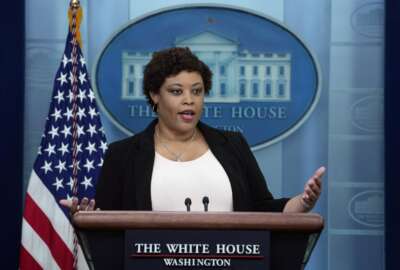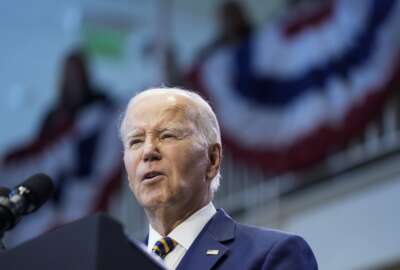Federal Reserve looks to harness ‘generative AI incubator’
The chief innovation officer of the central bank system says it's looking at generative AI through lens of "responsible innovation."
The Federal Reserve System is exploring the potential of generative artificial intelligence through an “incubator” program that aims to test out the technology on real Fed problems.
Though it’s independent from the executive branch and not subject to directives like President Joe Biden’s recent executive order on AI, the Fed is still looking to leverage the technology for its data-intensive work.
Sunayna Tuteja, chief innovation officer at the Federal Reserve System, said the Fed is approaching AI with “responsible innovation” at the forefront of its strategy. Tuteja is the Fed’s first chief innovation officer and previously worked as global head of emerging technology and strategic partnerships at TD Ameritrade.
“We’re putting this notion of responsible innovation into action through the framework of a generative AI incubator,” Tuteja said at a conference in Arlignton, VA, sponsored by Microsoft on Wednesday.
The central bank is looking to “interrogate” generative AI through the incubator model by being prudent and pragmatic, Tuteja said, while looking at the technology through a “business lens.” She said the Fed is bringing together teams that include representatives from legal, compliance, security and risk divisions to ensure any potential generative AI use has the appropriate protections in place.
“We’ve got to put hands on keys. This is not a theoretical exercise,” she said. “So how do we create the right guardrails and safe spaces within our organization that enables and empowers as many of our colleagues to really put hands on keys and start to think about the value of this technology on the businesses that they lead?”
One potential application is analyzing data across the Fed’s vast payments systems. That includes cash payments, electronic payments made through the automated clearinghouse, and use of the new “FedNow Service,” among other data.
Those different payment “rails,” Tuteja said, consume and generate reams of data on usage and other important statistics.
“How do we apply the right models so that we can extract insight that enables us to make decisions not just from growth and investment perspective, but also from a customer experience perspective,” she said. “Really understanding which payment rail does a customer want to use, at what time for what purpose and kind of align our business decisions accordingly.”
The Federal Reserve’s supervision and regulation activities also work with large sets of data, she said. The Fed conducts annual “stress tests” of large financial institutions, for example, to understand how they’re likely to perform during a hypothetical recession.
“As we do stress testing, as we work with the institutions that we supervise, we consume and take a lot of data,” Tuteja said. “Our thesis is not that AI or generative AI is going to be a replacement, but more so that it will play the role of augmentation and complement. So in a way that humans now have more time and space to do the higher order work.”
She said the incubator model will allow the Fed to explore those different use cases, while understanding the different biases, security gaps, and other risks that AI poses to the central bank’s work.
“What are the risks that we already know, and we already have processes and protocols to handle? Let’s port those over,” she said. “Let’s be prudent about the risks. But let’s not be all Chicken Little about the risks.”
“There’s some risks that are going to be unknown until you do the work,” she added. “So how do you create the right architecture, so when there is that moment where something doesn’t go the way you wanted it to, you’re set up to then recover with flair.”
Copyright © 2025 Federal News Network. All rights reserved. This website is not intended for users located within the European Economic Area.
Follow @jdoubledayWFED






